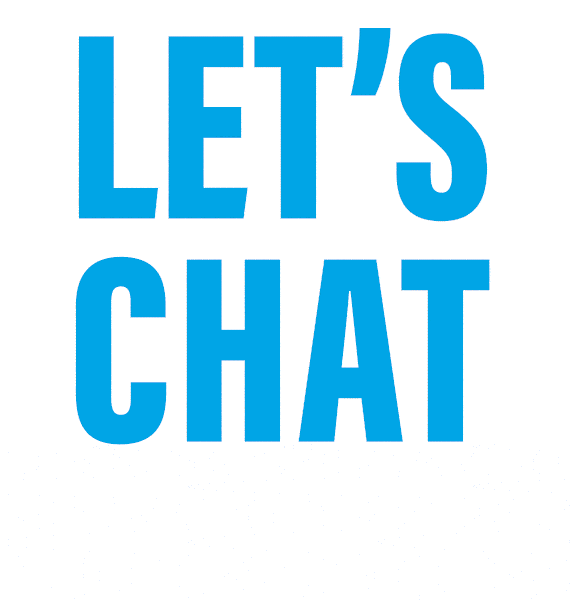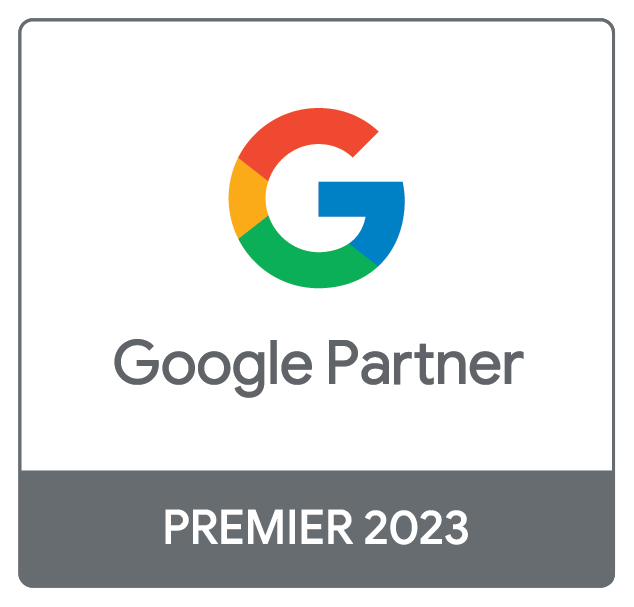As human beings, we’re less rational than we think we are. 95% of human decision-making is emotional. 95%! No matter how intelligent or how advanced we perceive ourselves to be, there are core psychological principles that apply to all of us. It’s just science.
Naturally, as marketers, our next question is, “How can we apply this to our brand?”
Here are 3 ways to leverage psychology in marketing:
- Don’t Press the Red Button
When explicitly told not to do something without an explanation why, people are overcome with a desire to do that very thing. Why? There are a few psychological explanations.
- Reactance Theory. This theory states that people have a fundamental desire for autonomy over their actions. We crave the freedom to be able to do what we want, and when that freedom is restricted, we’re motivated to reassert control, even if we had zero desire to push the button before we were told not to.
- Aside from an innate desire to understand and explain the world around us, we crave a rush of dopamine that we expect to get by doing the thing we were told not to.
- Brains don’t truly register “Don’t.” In sport performance psychology with some of the world’s greatest athletes, an example goes like this: The psychologist is wearing a blue shirt. They instruct the athlete: “Don’t think about my blue shirt. Think about anything else. Just not about my blue shirt.” Naturally, the only thing you’re focused on now is the blue shirt. It’s the same with the red button you’re told not to press, or the social trend where you’re told not to look at the top right corner.
- When we do push the red button, we experience a reduction in cortisol from the anxiety we were holding about the unknown. Even if the consequence was negative, at least now we know!
So, how can you apply this in marketing?
Push notifications for one. The little red badges on apps trigger that same curiosity and need for relief in audiences.
Messaging and ad creative are also places you can use this tactic, though we’d suggest not overdoing it with “Don’t buy this” ads. Play into your audience’s curiosity and draw them in so they need to click through to learn more. Can you show only half of the product in the ad? Lead up to a dramatic reveal, but require a click to learn the result? Get creative.
- Leverage Scarcity
Personally, this tactic gets me every time. It’s exactly what it sounds like: touting a lack of something to encourage audiences to take immediate action. It’s often used to alert customers that items are low in stock or time is running out. It creates a sense of urgency and FOMO that drives people to make a decision here and now. “I’m not 100% sure about these shoes, but this might be my only chance. I better get them while I can.”
Pro tip: Only use urgency with integrity. Countdown timers and “Only 3 left in stock!” can nudge people toward a decision—but only if they’re truthful and not overused.
- Show Social Proof
Used often in Behavior Change Marketing, social proof leverages our fundamental need to belong and our desire to look to others when making a decision. Testimonials, reviews, case studies and user-generated content are all ways we can encourage audiences to take an action “because everyone else is doing it.”
One more way to leverage social proof: Try displaying real-time stats (“Join 2,000+ marketers using our tool!”) in your ads and on your site to create a bandwagon effect.
Final Thoughts
Marketing isn’t just about catchy slogans or beautiful design — it’s about behavior. The campaigns that convert are the ones that understand what drives decision-making at a human level.
Master these principles, and you’re not just selling a product. You’re creating emotional momentum. You’re shifting perceptions. You’re changing behaviors.
At VI, we’re experts in doing just that. Subscribe to our Good Vibes newsletter for deep dives, case studies and more, or reach out to chat about how we can help your brand reach your goals.










